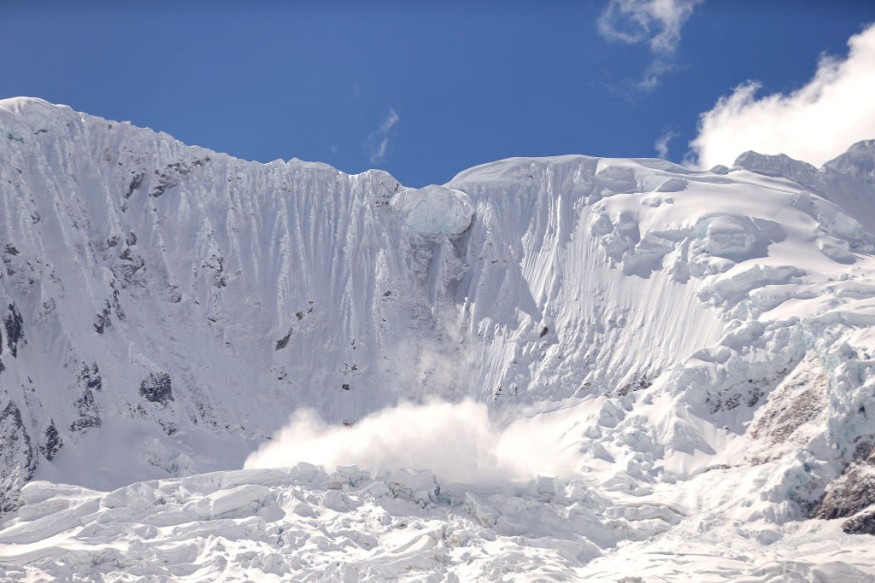A recent report discovered that over half of the glacier surface in Peru declined by more than half in the last six decades.
Rising temperatures can affect the surface of glaciers. Extreme heat can melt the glaciers, bringing rapid sea level rise.
Understanding the decline of glaciers will help scientists develop mitigation efforts and plans to deal with glacier problems. The increasing temperatures can likely accelerate the melting of glaciers.
In Peru, the latest report monitored the disappearing glaciers in the country due to the impacts of climate change. About 56% of tropical glaciers were lost in the span of the last six decades.
Over Half of Peru's Glacier Surface Lost

Peruvian scientists raised concerns over the melting and disappearing glacier surfaces in Peru. About 175 glaciers in the country became declined and suffered from extinction between 2016 and 2020.
The threat of climate change has significantly affected the glaciers and surfaces in Peru exacerbated by increasing global temperatures.
According to glaciology expert Mayra Mejía, about 56.22 of the glacier coverage lost since it was recorded in 1962. Mejíais from the National Institute of Research of Mountain Glaciers and Ecosystems in Peru.
For instance, the glacier Chila has devastatingly lost its glacier. The glacier impacts can affect the country's water security. Recent reports explained that glaciers serve as reservoirs that can be helpful during drought and summer conditions.
With aquatic species needing cold water, some aquatic species can be impacted to survive. It can also likely disrupt the food web. As a result, continued monitoring and climate mitigation efforts are crucial to prevent the complete loss of glaciers in Peru.
Also Read : Climate Hazard Flip: Changes in Frequent Floods, Drought Bring Devastating Impacts on Communities
Burning of Fossil Fuel Effects on Swiss Glaciers
Meanwhile, researchers discovered that fossil fuel burning and climate change contributed to the decline of Swiss glaciers. The report highlighted the low volume of snow in the region and the accelerated effects of global warming.
The Swiss Academy of Sciences discovered that 4% of the region's glaciers declined, especially in 2022. Alarmingly, the small glaciers slowly disappeared in Switzerland.
Without immediate restoration efforts, the glaciers can likely suffer from extinction and widespread decline. The rapid effects of climate change could be devastating and affect cold-adapted animals.
For more similar, don't forget to follow Nature World News
© 2025 NatureWorldNews.com All rights reserved. Do not reproduce without permission.





